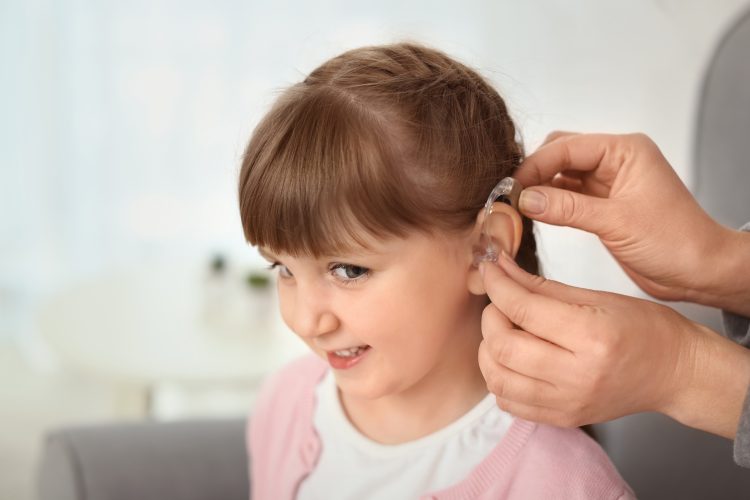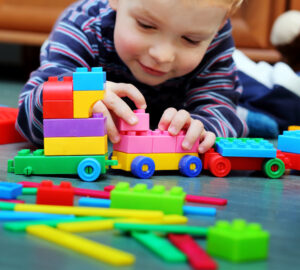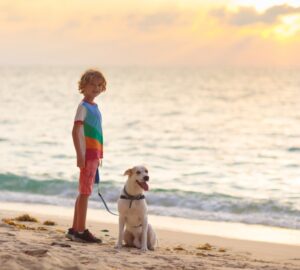
Hawaii is the highest in the nation for babies born with hearing loss. While the national average is 2 in 1000, Hawaii is 4 in 1000. Raising a child with hearing loss means learning to communicate with them.
Almost 90% of children who are deaf or hard of hearing (DHH) are born to hearing parents. Instantly, parents need to decide how their child learns to communicate. Parents can struggle with the choices as they navigate this new diagnosis. These choices can include hearing aids, cochlear implants, sign language, spoken language, and more.
A child with a hearing loss cannot learn language by overhearing sounds and words in his or her environment. Deaf children must be clearly taught language by a trained professional or a Teacher of the Deaf specializing in their mode of communication (i.e., sign language or spoken language).
When a child who is deaf uses hearing aids or cochlear implants, they learn how to use their listening devices to listen and talk. This takes practice, consistent use of the devices, and development in their auditory skills. Saying things like, “Did you hear that? That’s a car outside,” when a car passes by, can help deaf children attend to sounds and learn about the sounds around them.
The best time to learn language is from birth to 5 years of age. For children who are deaf and hard of hearing, it is imperative for their educational and social success to give them access to quality services necessary for acquiring language as early as possible. Families can also benefit from regular services for support in learning how to best communicate with their child. This can be counseling, parent support groups, or classes.
Christy Chadwick is the president of the Hawaii Chapter of AG Bell, founder of Hawaii Hears and Deaf Education Awareness Foundation. Connect: Facebook/Instagram @HawaiiHears or email [email protected].



